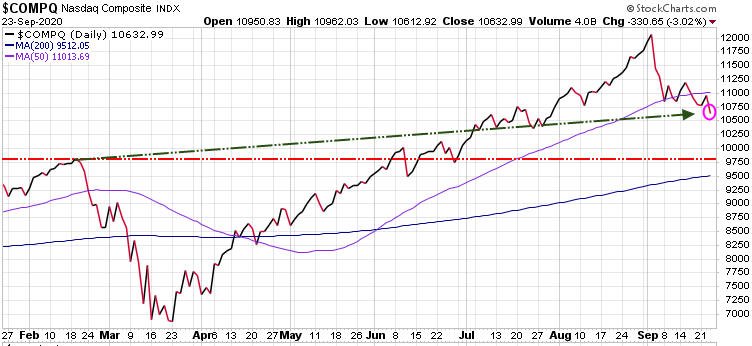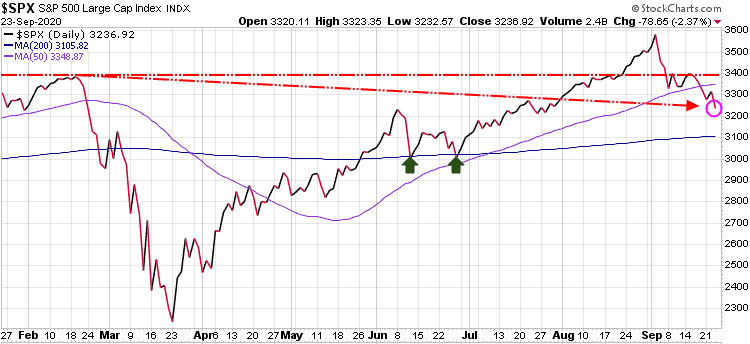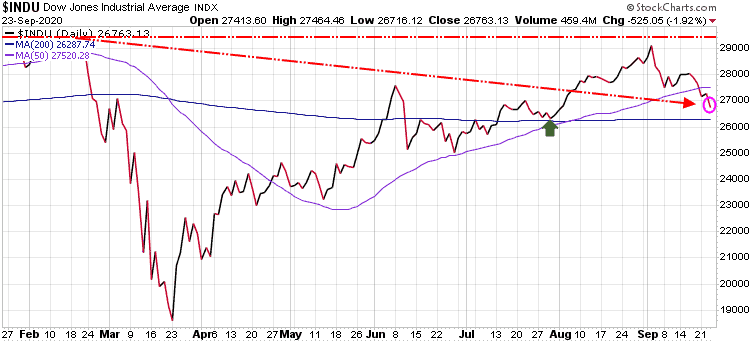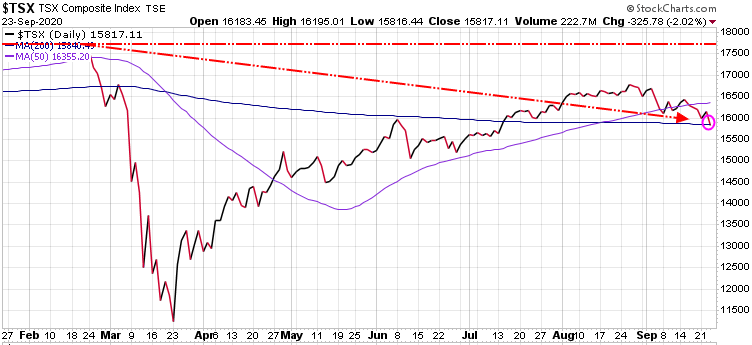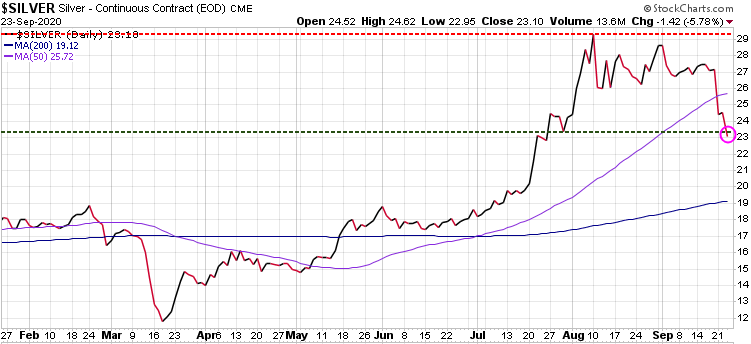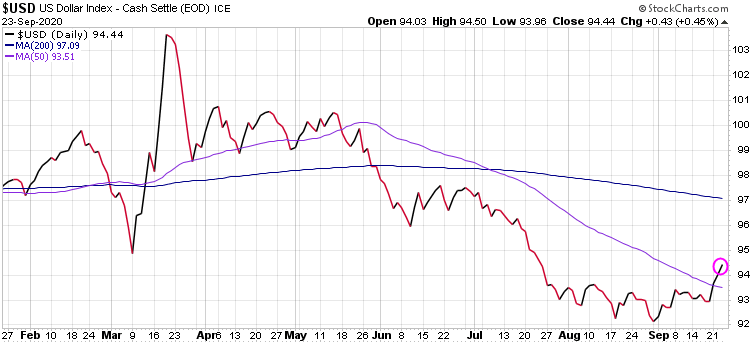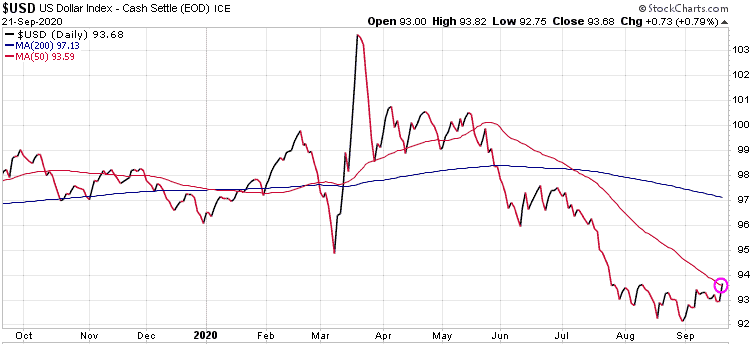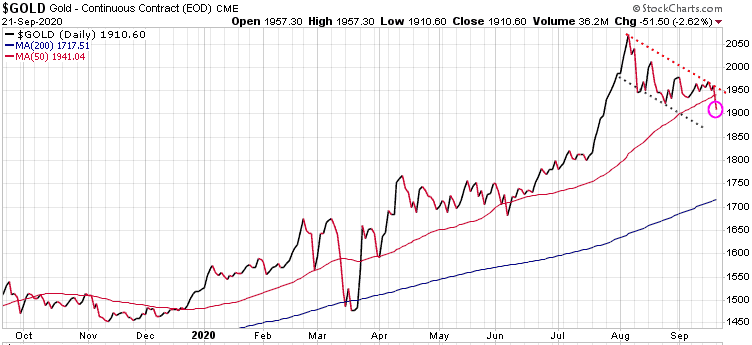The Elephant in the Room

The Elephant in the room
Every so often we review the latest debt numbers as tracked on the US Debt clock site. These numbers are US based, but the story is similar all over: governments have been racking up massive debts for decades and now with COVID-19, they are accelerating this practice to unprecedented levels
- The US national debt is $26.8 trillion
- In the US there are 330.2 million people
- Therefore, the debt per man, woman & child equals $81,145
- Of those 330.2 million citizens only 124.4 million pay income tax, so the debt per taxpayer equals $214,845

- The US also has $154 trillion of Unfunded Liabilities (Social Security, Pensions Plans etc)
- That adds another $468,217 per citizen & $1.24 million per taxpayer

- Add the National Debt + Unfunded Liabilities together = $181.44 trillion
- Which equals $549,485 per citizen & $1,458,520 per taxpayer
These numbers are as of today and are growing rapidly. In the US there are negotiations to add a Phase IV COVID emergency funding of at least $2 trillion. We could easily see the US debt hit $30 trillion in a year and $50 trillion by 2025.
Your family may have sacrificed for years, made smart investments, built up your savings, and now believe you are debt-free, but the reality is you are also citizens and most likely taxpayers. These massive government debts are going to end up on the backs of those who have a job, pay taxes, who own a home and have accumulated some wealth. We are seeing government across the globe use COVID-19 as an excuse to create new programs and fueling what we see as frightening Big Government initiatives that have nothing todo with fighting the virus.
Here in Canada, the federal government throne speech was an incredible 17 pages long, and only six of those pages were actually devoted to dealing with the COVID-19 pandemic. The rest included over 30 new initiatives, with absolutely no mention of what they will cost or how they will be paid for. The only reference to funding was a promise to ‘tax the rich.’ This has become a very popular mantra, as there is a widening wealth inequality, but to suggest that simply taxing the rich will cover all these costs is absurd, there simply are not enough rich people to cover all these costs. And realistically, if you threaten to tax the rich at 75% or more of their income, as France did, they will simply leave the country.
The reality is, it is the middle class, the group every politician claims to be protecting, who ends up paying the price.
Stay tuned!
If you are not a subscriber but would like to be, we are offering some great discounted rates for the Trend Letter & Trend Technical Trader.
Trend Letter:
Since start-up in 2002 Trend Letter has provided investors with a great track record, giving exceptionally accurate information about where the markets are going, and it has explained in clear, concise language the reasons why. Using unique and comprehensive tools, Trend Letter gives investors a true edge in understanding current market conditions, and shows investors how to generate and retain wealth in today’s climate of extreme market volatility.
A weekly publication covering global bonds, currencies, equities, commodities, & precious metals.
Timer Digest says: “Trend Letter has been a Timer Digest top performer in our Bond and Gold categories, along with competitive performance for the intermediate-term Stock category.”
Regular price =$599.95 Special discounted price = $399.95
Technical Trader:
Originally developed to be a premier hedging service designed to profit in declining markets, Trend Technical Trader (TTT) has evolved into an excellent all round trading service that prospers in both up and down markets. After delivering excellent gains during the March melt-down, TTT steered subscribers into gold trades and a number of long equity positions for phenomenal gains in very short holding periods.
TTT is an online service, updated every Monday, Wednesday and Friday, after the market clo
Regular price =$649.95 Special discounted price = $399.95
Better Deal:
Both the Trend Letter & Trend Technical Trader for only $699.95



